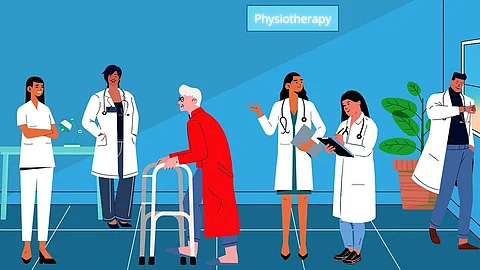When people hear the word ‘Physiotherapist,’ the majority think of machines, also called modalities, massages, hot packs, or a few exercises. But physiotherapy is much more than that. Physiotherapists don’t only apply machines—they empower, educate, listen, and help people become more independent. Physiotherapy isn’t just for recovery; it's also for preventing future issues and keeping the body moving at its best.
Whether you are someone curious about physiotherapy, considering it as a patient, or learning about it as a student, this article will walk you through the comprehensive role physiotherapists play.
Who Are Physiotherapists?
Physiotherapists or physical therapists are licensed primary caregivers who assess, diagnose, and treat by focusing on the science behind movement. Often also called movement scientists, pain relief specialists, and rehabilitation experts, they help people improve their mobility, function, and pain levels, enabling them to get better at their daily activities through structured treatment protocols designed to achieve an individual's goals.


